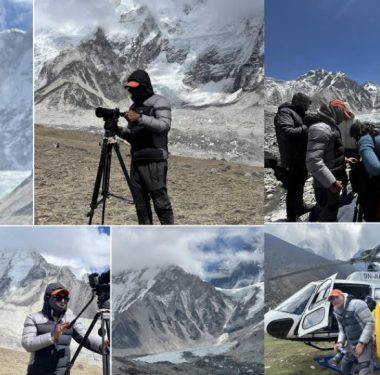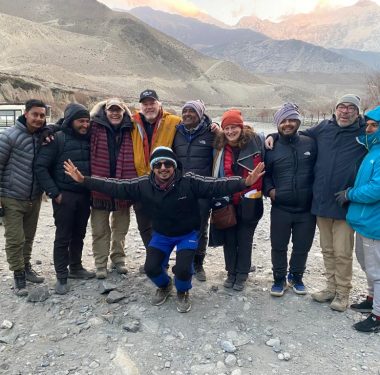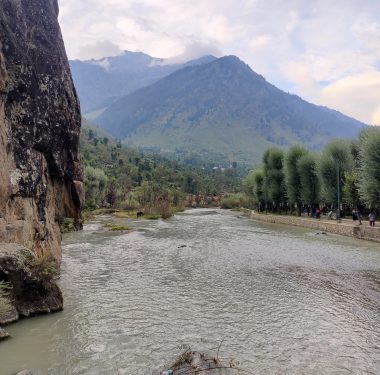Filming in Kathmandu offers a diverse range of opportunities, from capturing the city’s bustling streets and historic landmarks to exploring its vibrant culture and traditions. Here’s a guide on how to approach filming in Kathmandu:
- Permits and Permissions:
Obtain the necessary permits and permissions for filming in Kathmandu. This may include permits from local authorities, property owners, and relevant government agencies. Consult with local film commissions or production companies to navigate the permitting process efficiently. - Location Scouting:
Explore Kathmandu’s diverse neighborhoods, landmarks, and cultural sites to find the perfect locations for your film. Consider iconic landmarks such as Durbar Square, Swayambhunath Stupa (Monkey Temple), Boudhanath Stupa, and Pashupatinath Temple, as well as bustling markets, narrow alleyways, and ancient temples. - Logistics and Transportation:
Plan for transportation and logistics within Kathmandu, considering the city’s traffic congestion and narrow streets. Arrange for transportation of equipment, crew, and talent to filming locations, and secure accommodations and catering services as needed. - Cultural Sensitivity: Respect the local customs, traditions, and religious practices of Kathmandu’s diverse communities. Seek permission before filming in religious sites or sensitive areas, and be mindful of cultural sensitivities when interacting with locals.
- Weather Considerations:
Be prepared for Kathmandu’s varied weather conditions, which can range from hot and humid in the summer to cool and dry in the winter. Have contingency plans in place for filming during monsoon season, when heavy rains may disrupt outdoor shooting. - Crew and Talent:
Hire a diverse and experienced crew, including cinematographers, camera operators, sound technicians, and production assistants who are familiar with filming in urban environments. Consider hiring local talent and crew members who can provide valuable insights and connections. - Equipment:
Use lightweight and portable filming equipment that can maneuver easily through Kathmandu’s crowded streets and narrow alleys. Consider the need for stabilizers or drones to capture smooth footage in dynamic urban settings. - Safety and Security:
Prioritize the safety and security of your crew and equipment while filming in Kathmandu. Be aware of potential risks such as theft, traffic accidents, and political unrest, and take precautions to mitigate these risks accordingly. - Environmental Considerations:
Minimize your environmental impact while filming in Kathmandu by reducing waste, conserving resources, and adhering to local regulations regarding pollution and conservation. - Documentation:
Keep thorough records of permits, contracts, and agreements related to your filming activities in Kathmandu. Document expenses, logistics, and safety procedures for reference and compliance purposes.
By carefully planning and preparing for the unique challenges and opportunities of filming in Kathmandu, you can capture the city’s beauty, energy, and cultural richness while ensuring a smooth and successful production process.





